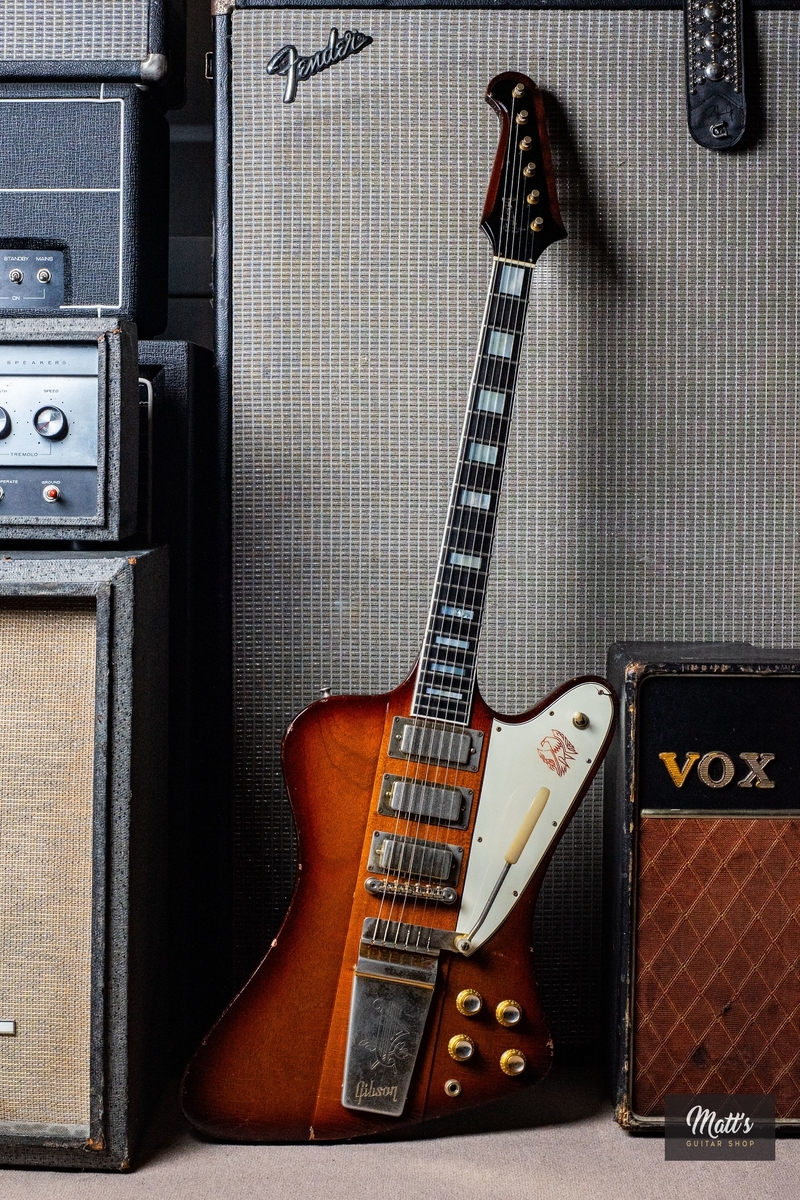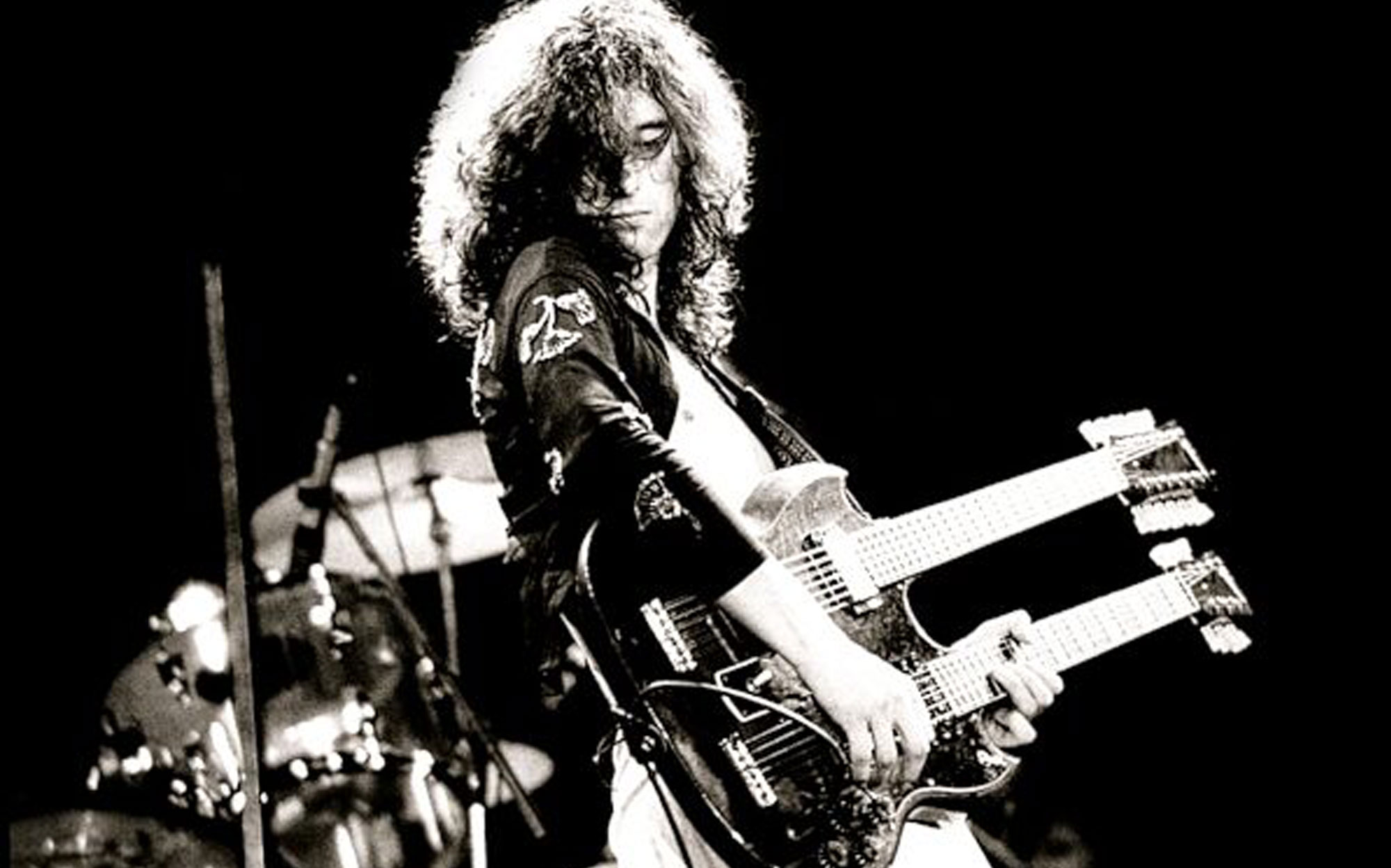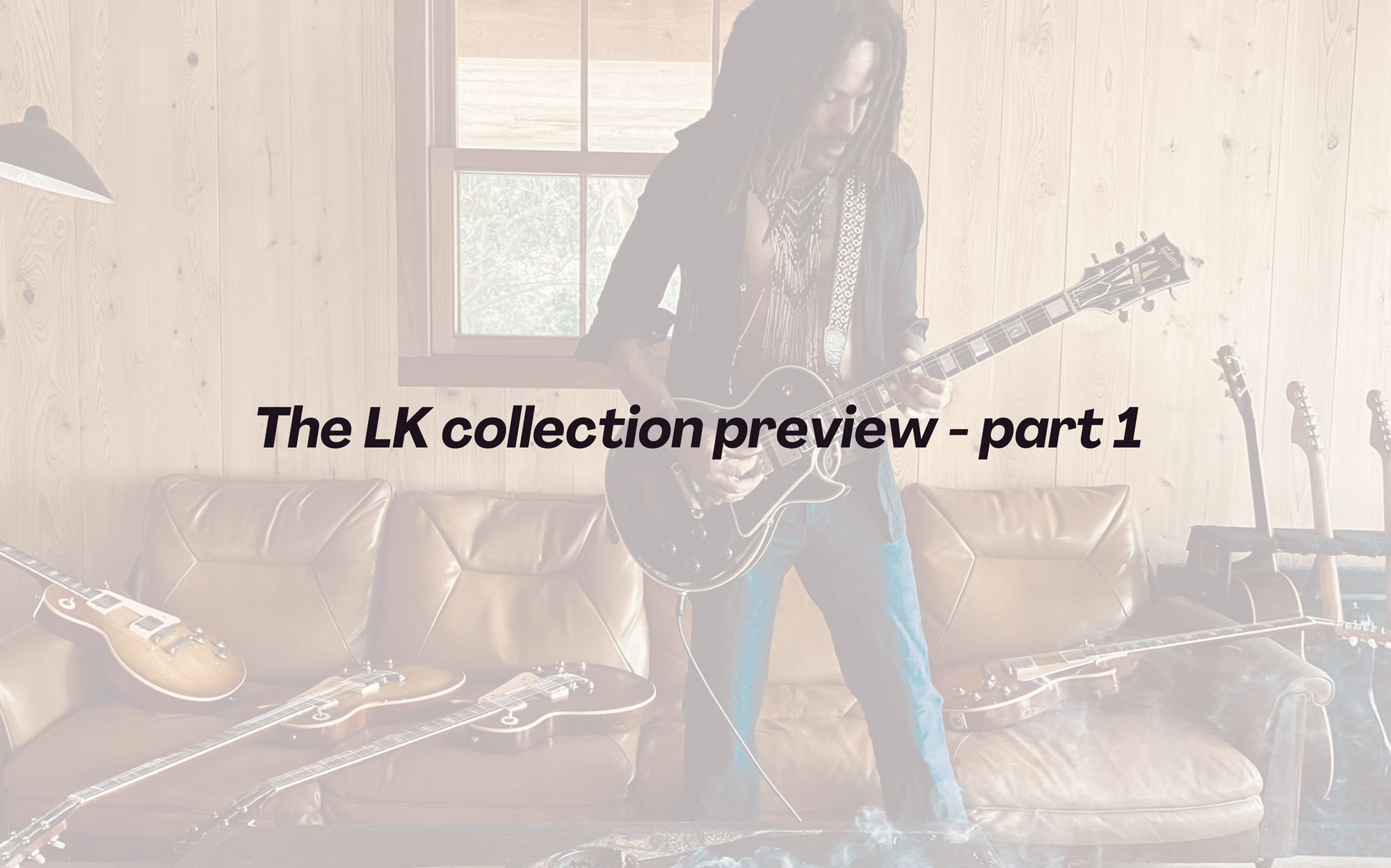The 27 latest arrivals at the shop ...
-
Gibson Les Paul Black Beauty 1969 - ex Deryck Whibley (Sum 41)
21.900€
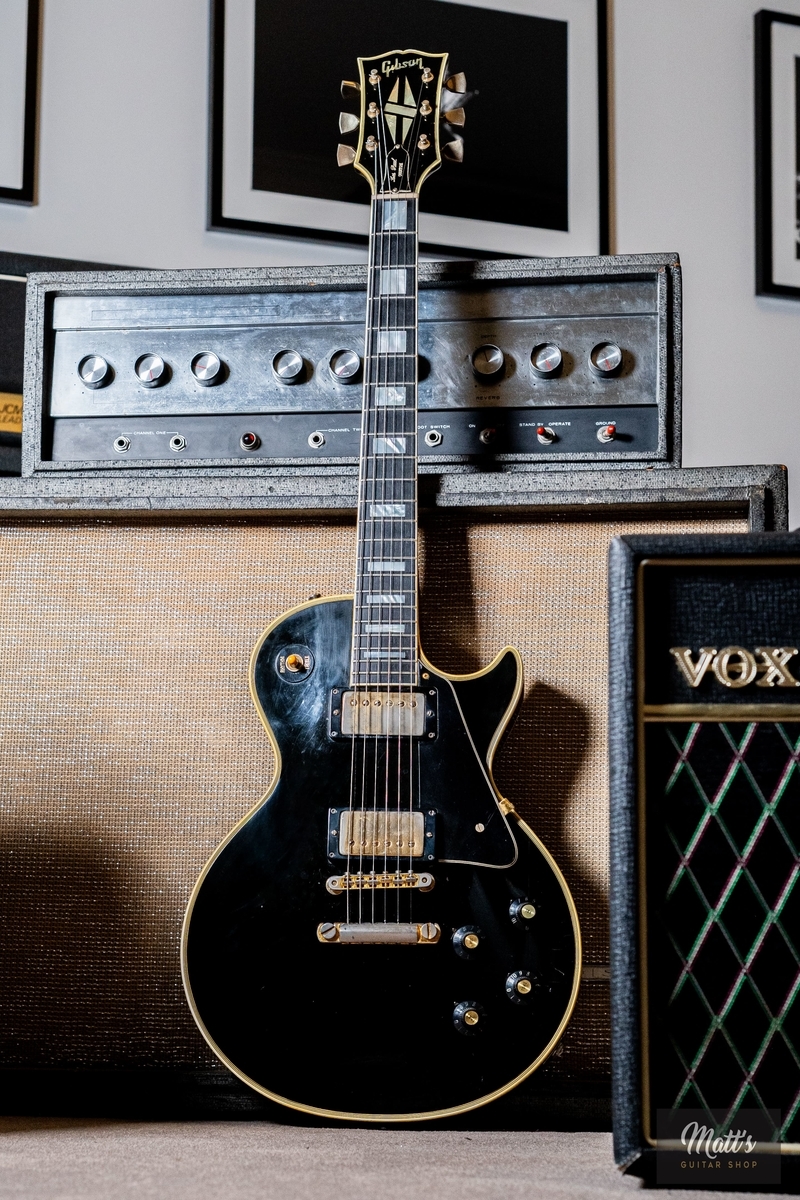
-
Gibson Les Paul Snakepit - signed by Slash
89.000€

-
Gretsch White Falcon Reissue 2017 - ex J.J. Julius Son (Kaleo)
7500€

-
Gibson Les Paul Custom 1957 Reissue - ex JJ (Kaleo)
12.500€
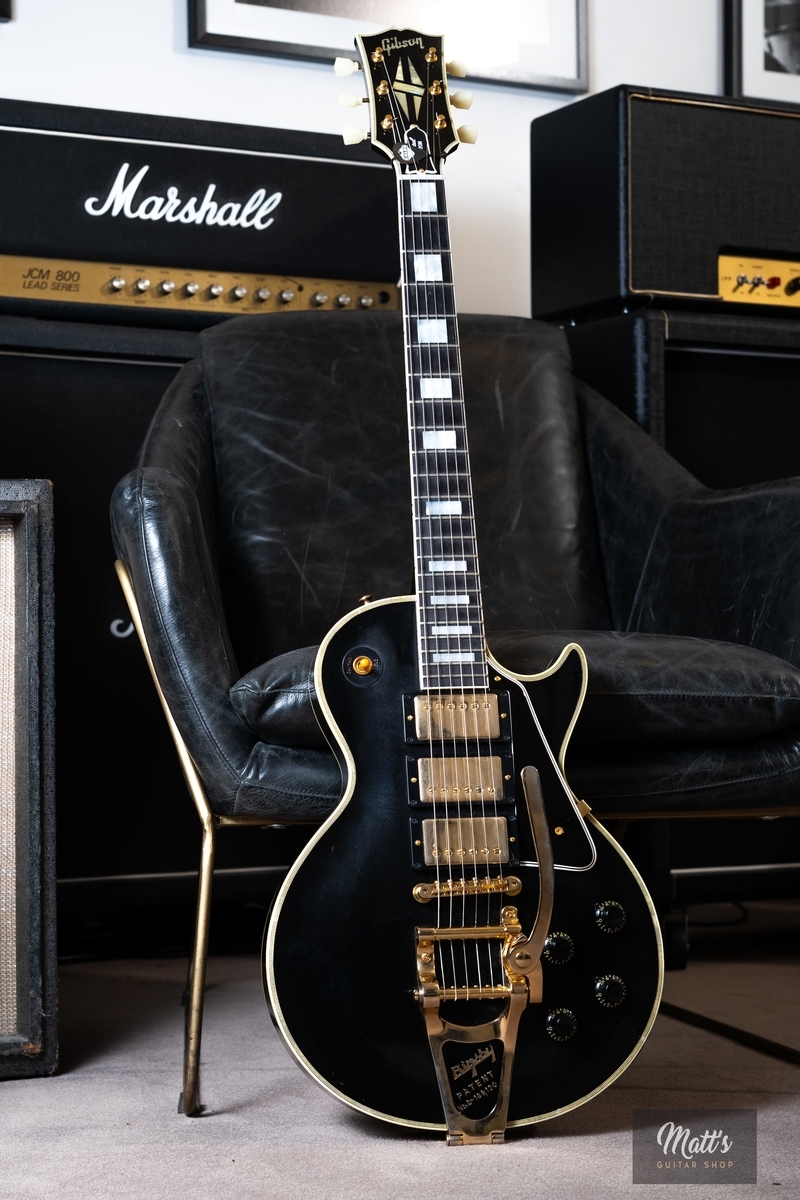
-
1960 Gibson Les Paul "Burst" - The Mize Burst
325.000€
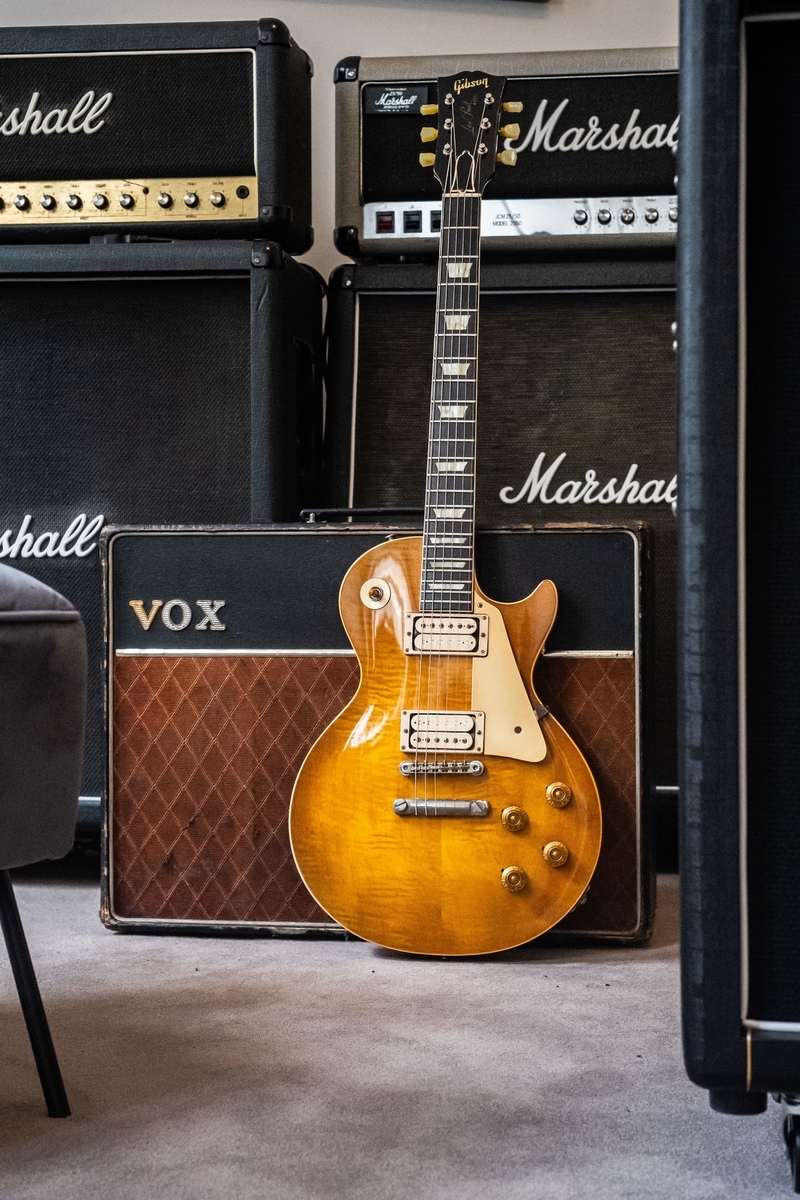
-
Fender Telecaster Deluxe - ex Deryck Whibley (Sum 41)
Sold
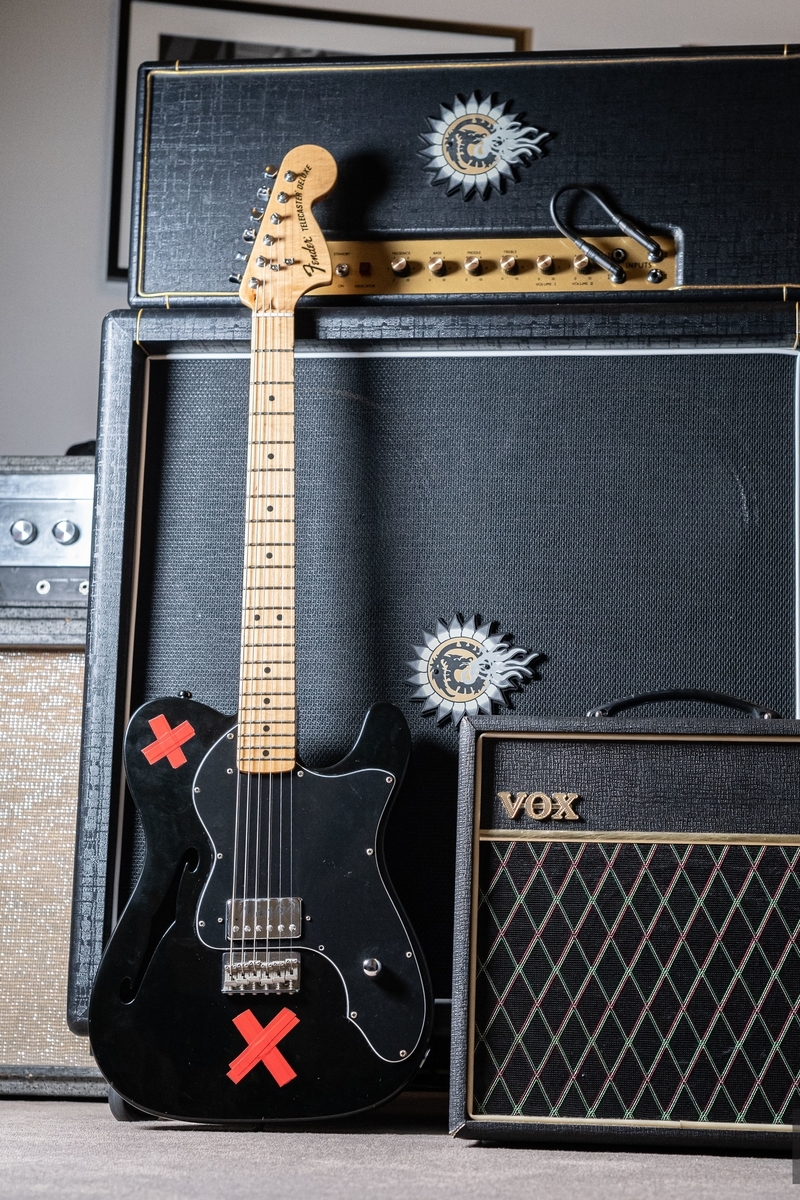
-
Gibson Les Paul Custom 1960
49.500€
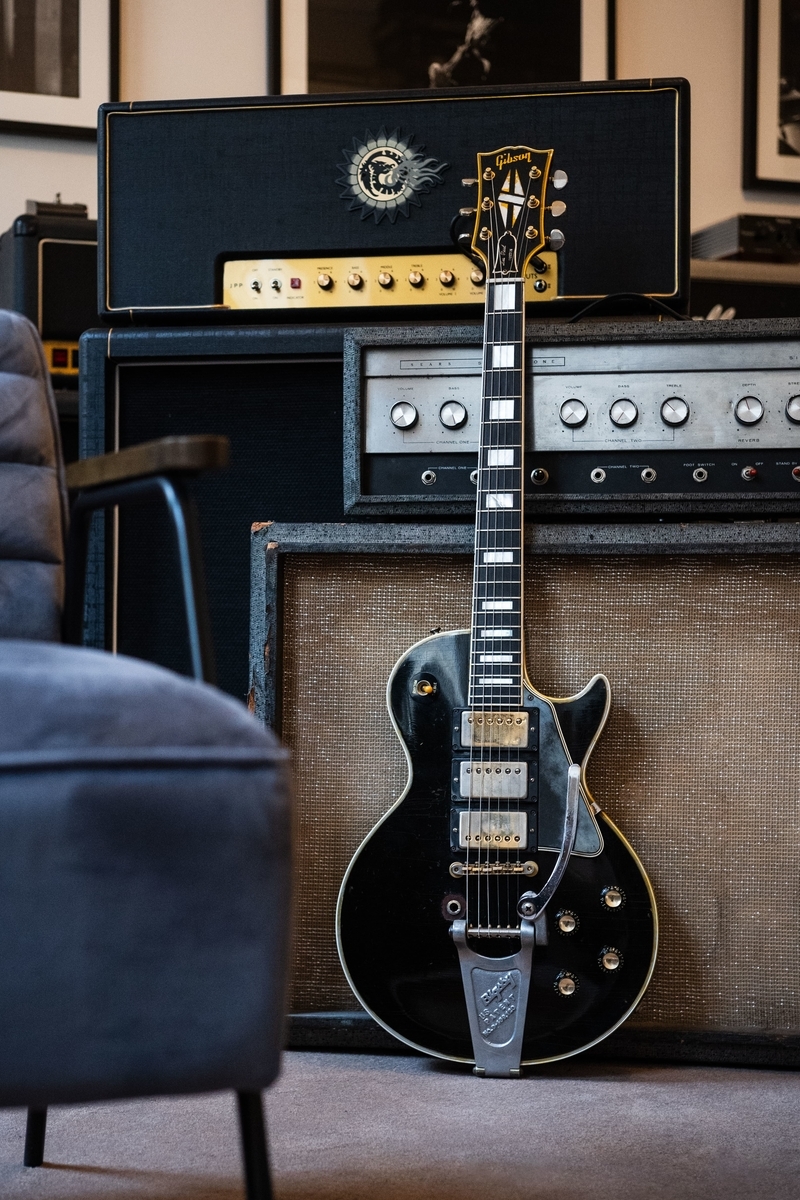
-
EVH 1979 Bumblebee Tribute Relic - Eddie Van Halen signed limited edition
27.500€
-
6137 Gretsch White Falcon Stereo
45.000 €
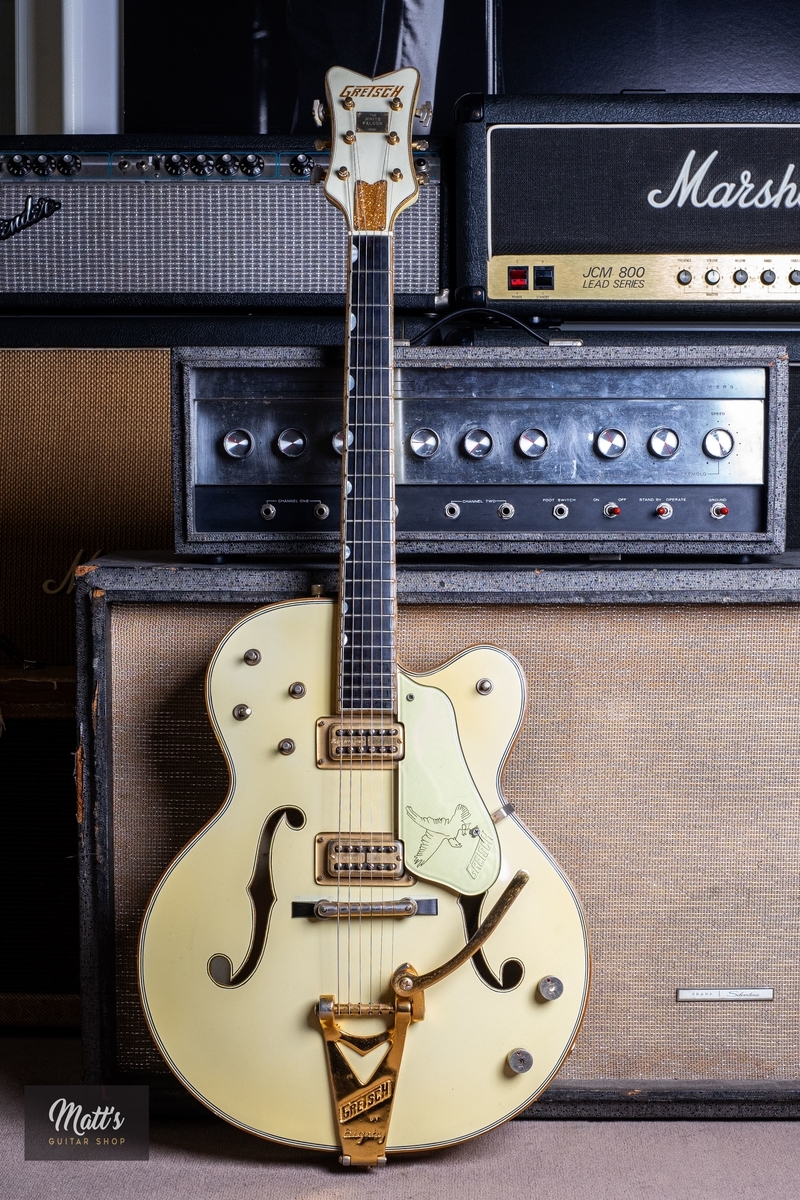
-
Suhr Chambered Classic T
2690€
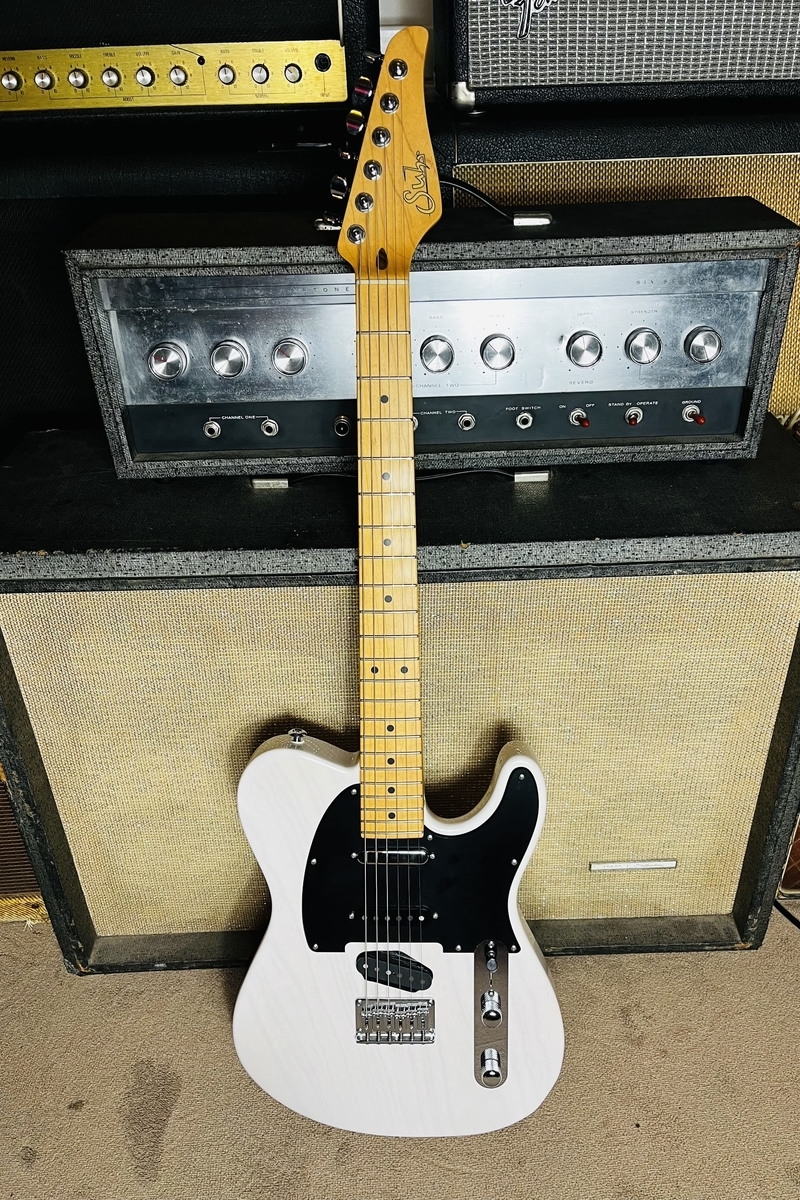
-
1963 Gibson ES-175 blonde
12.990€
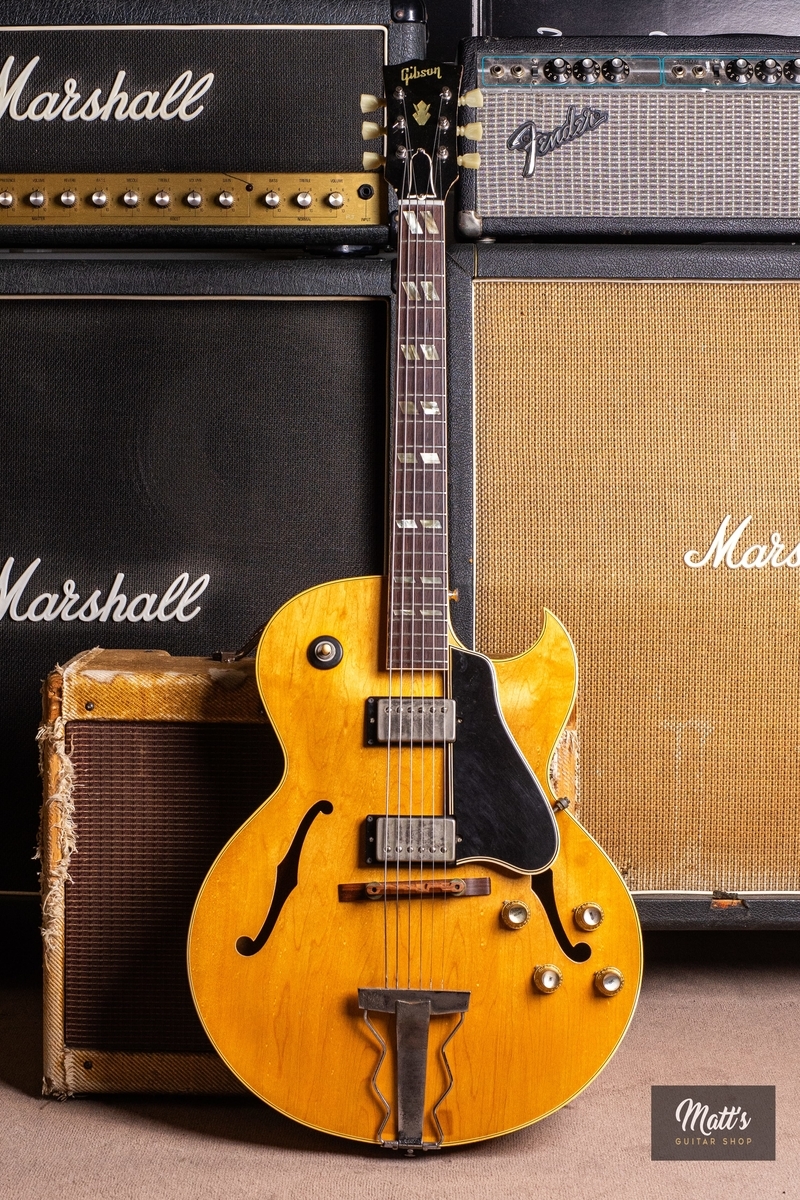
-
PRS 25th Anniversary Tonare Grand acoustic Emma
11.900€
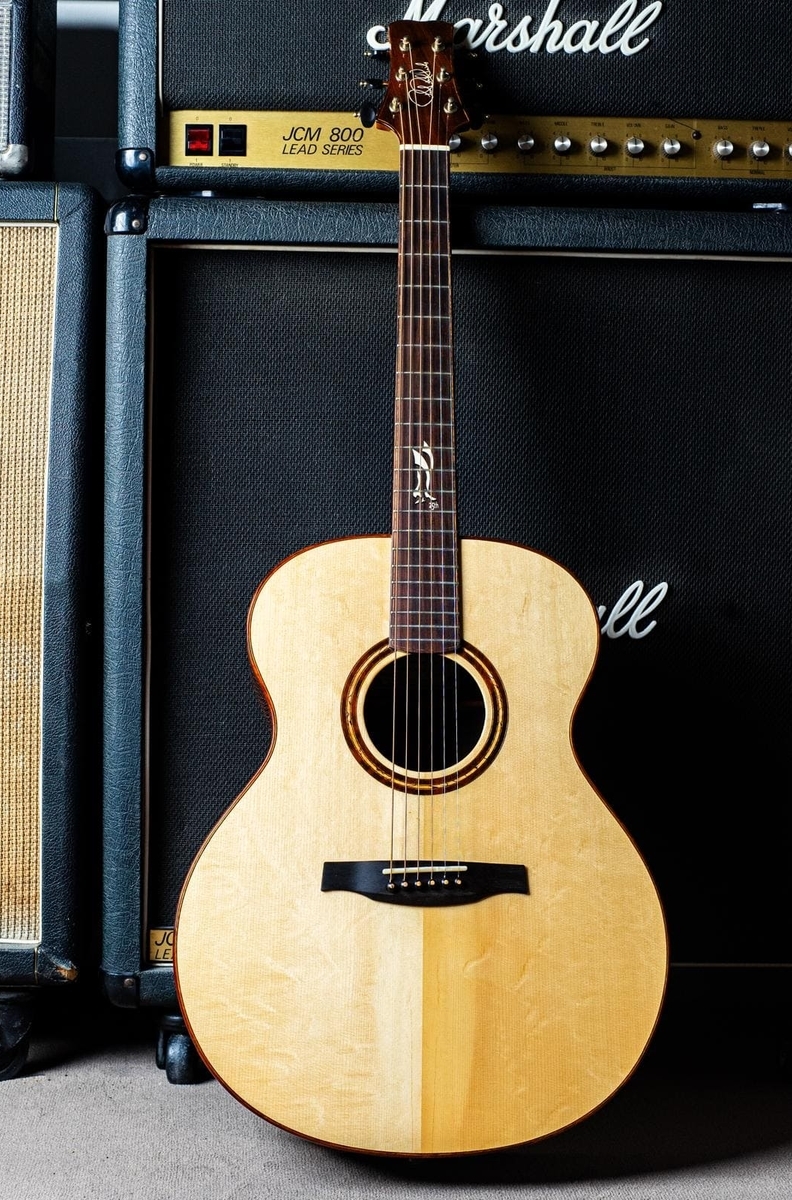
-
Gibson Les Paul Custom 1958 Jack Nietzsche
119.000€

-
Gibson Les Paul Collector's Choice 15
9750€
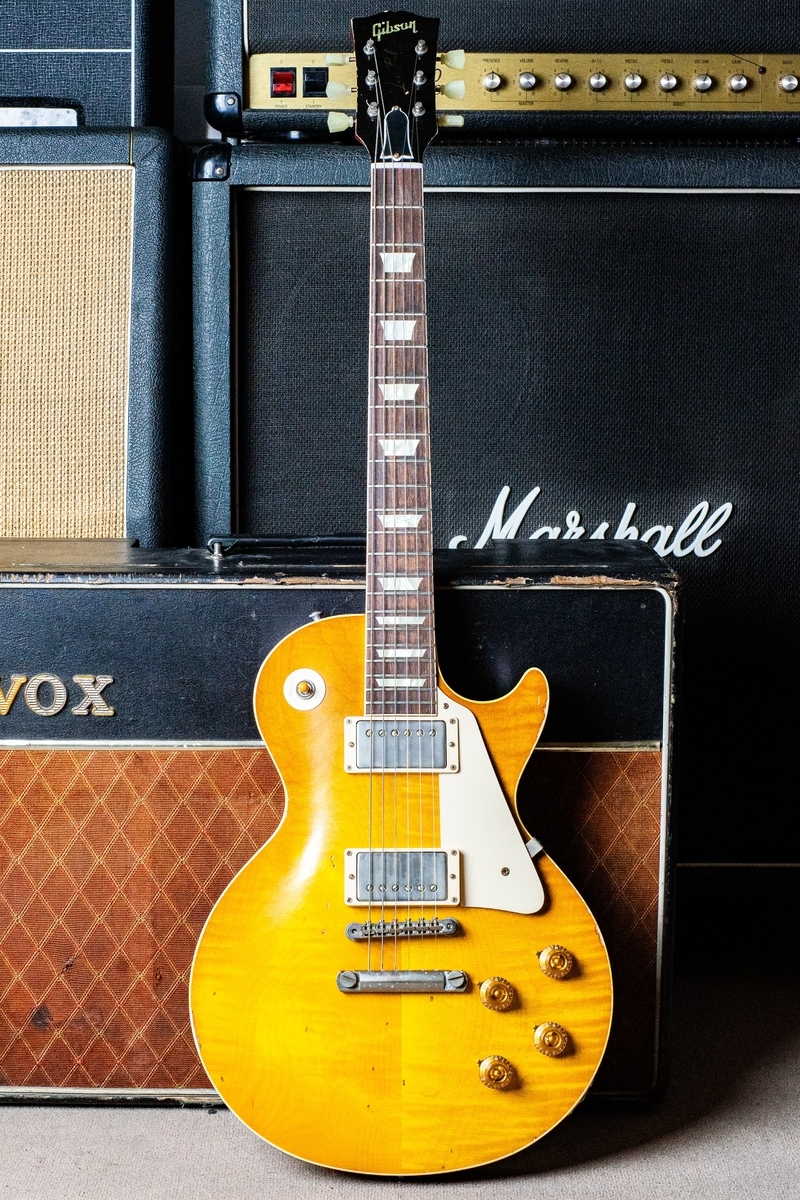
-
Gretsch Custom Shop Stephen Stern built Falcon - "Mayura" - Custom made for Scott Holiday (Rival Sons) studio and tour played
11.500€
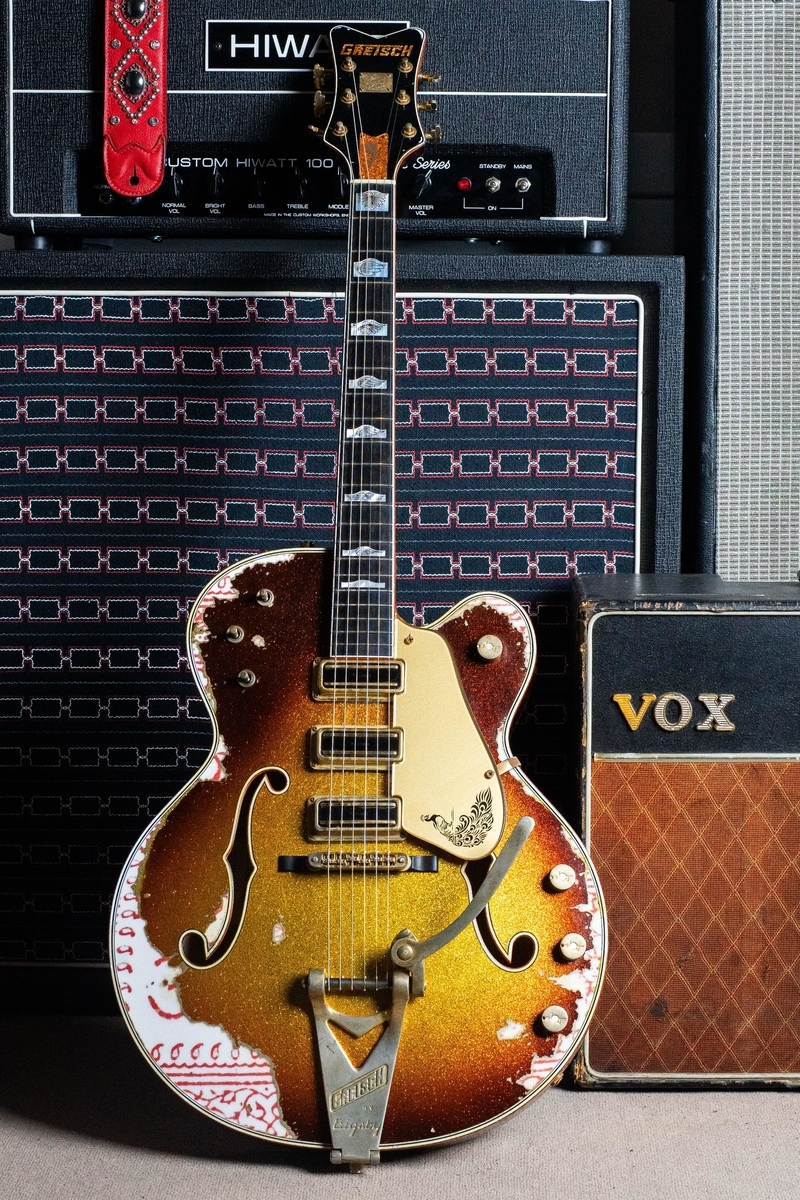
-
Signed poster Slash "April to Remember" - signed by Slash
195€
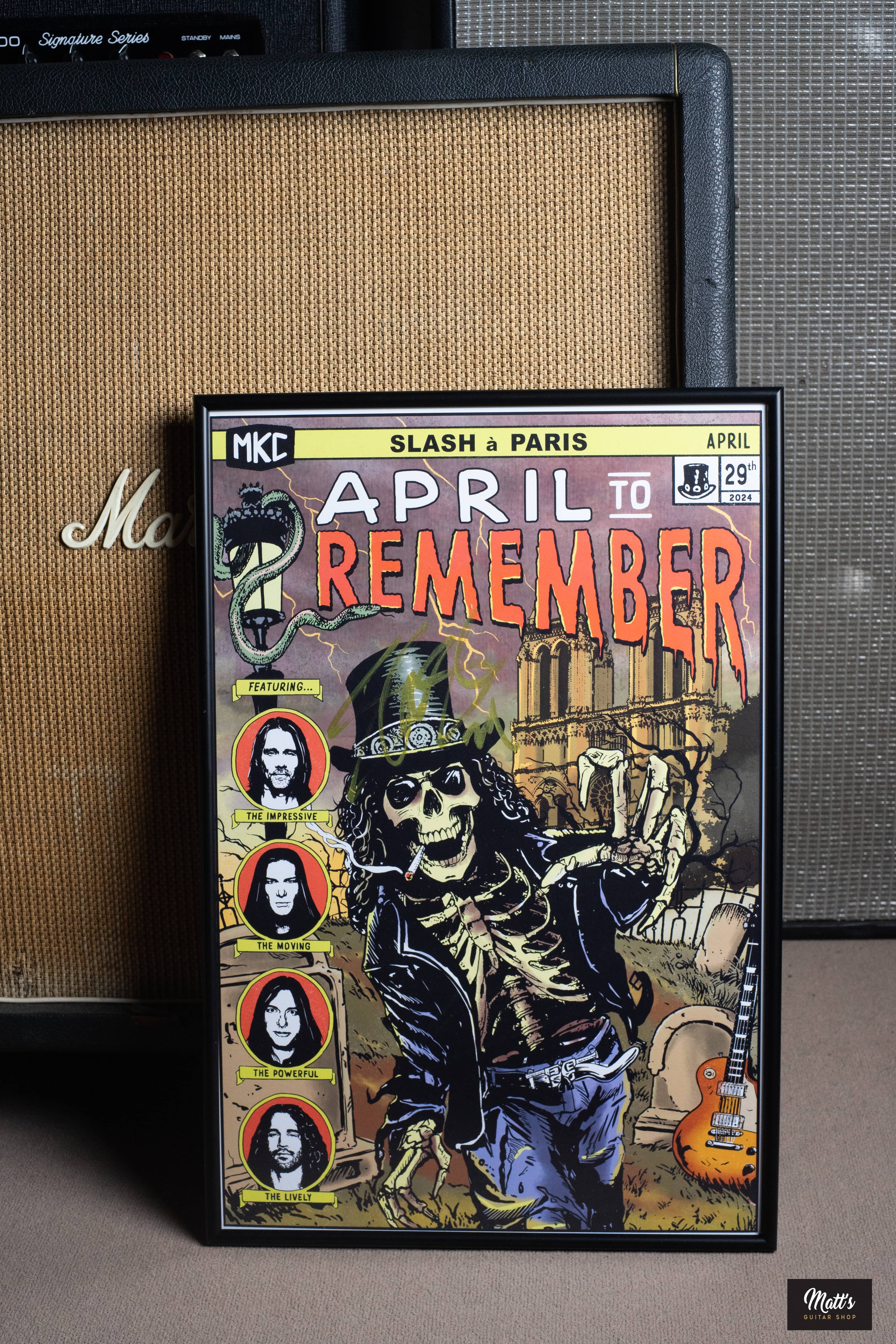
-
Hand pulled silkscreen "Slash à Paris" - signed by Slash - 50 pieces in the world
549€
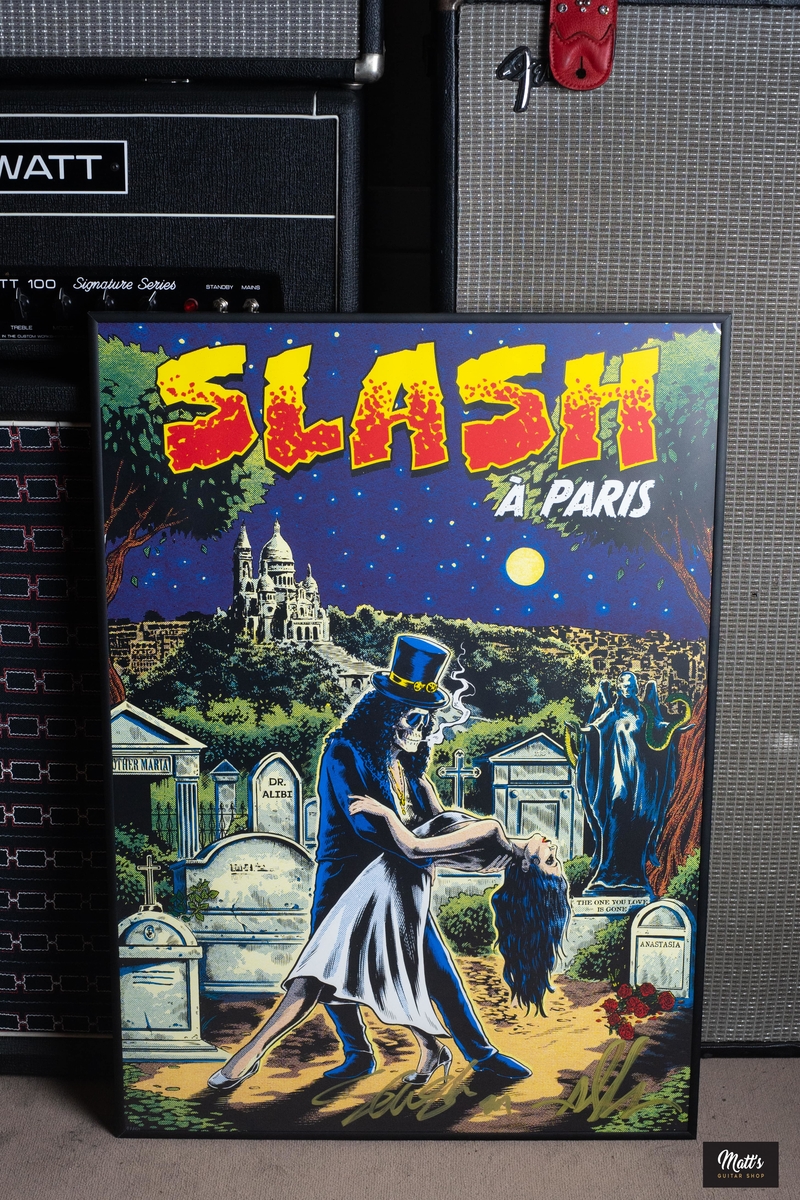
-
Ibanez Jem Bass - Dusty Hill Collection
9.500 €
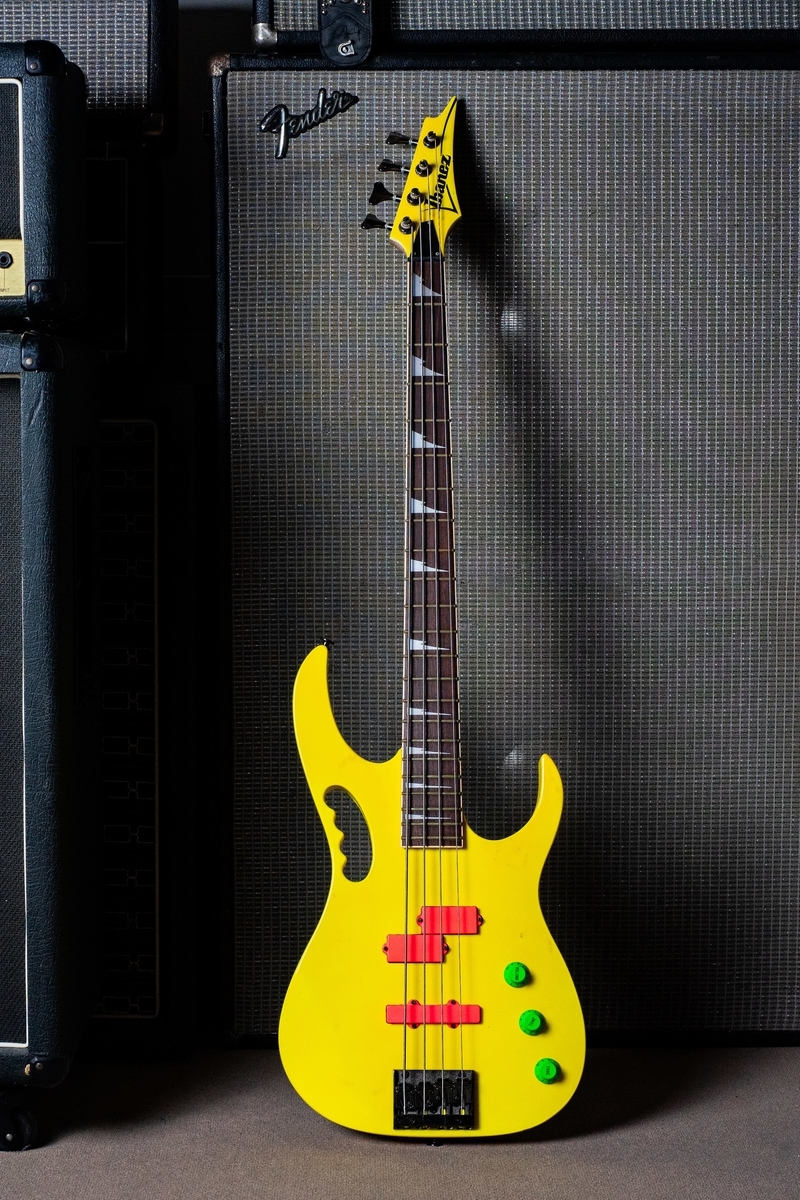
-
Fender Stratocaster 1958 Sunburst
33.500 €
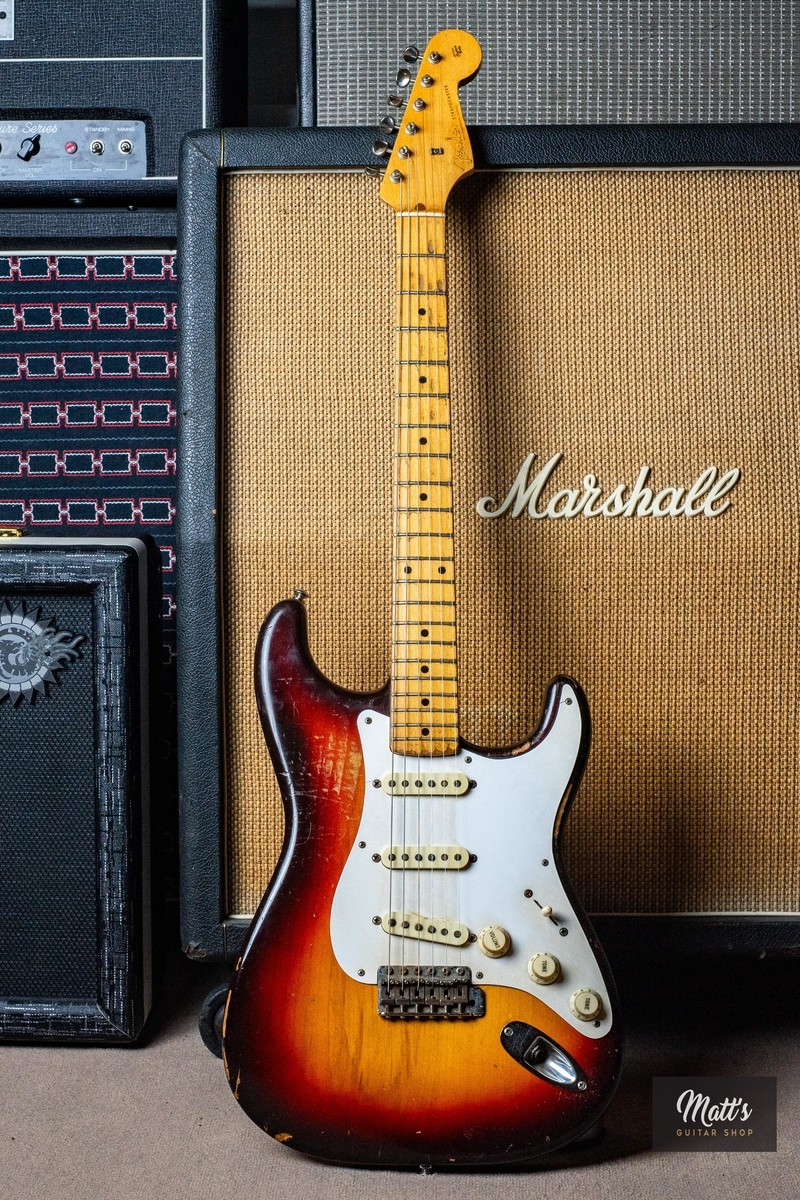
-
Jerry Jones made Double Neck Danelectro style ex-Lenny Kravitz
Contact us
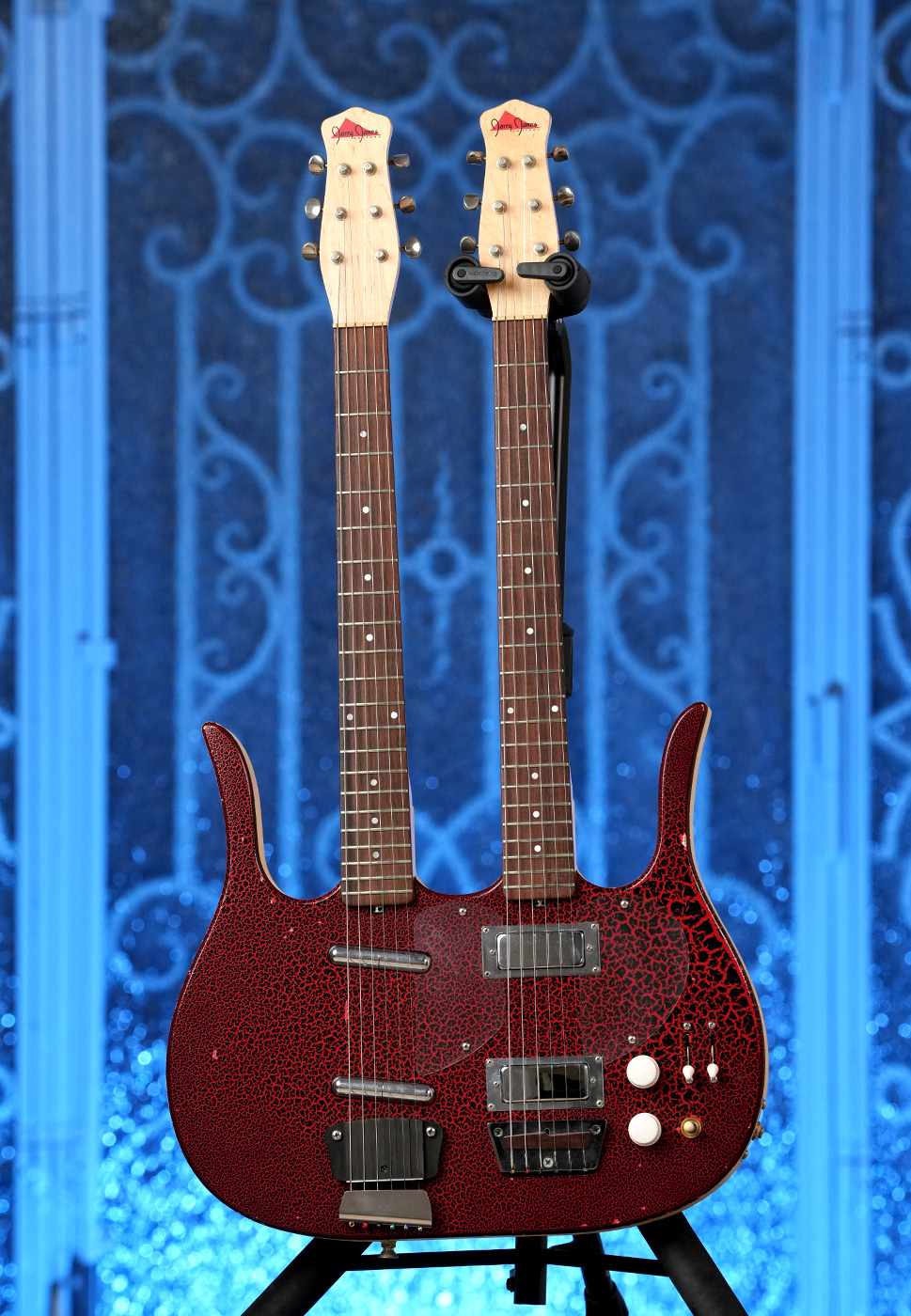
-
Gibson Custom Shop EDS 1275 Don Felder Aged and Signed
22.500 €

-
Floyd Rose Doubleneck Prototype Ex Richie Sambora Bon Jovi
4.500 €
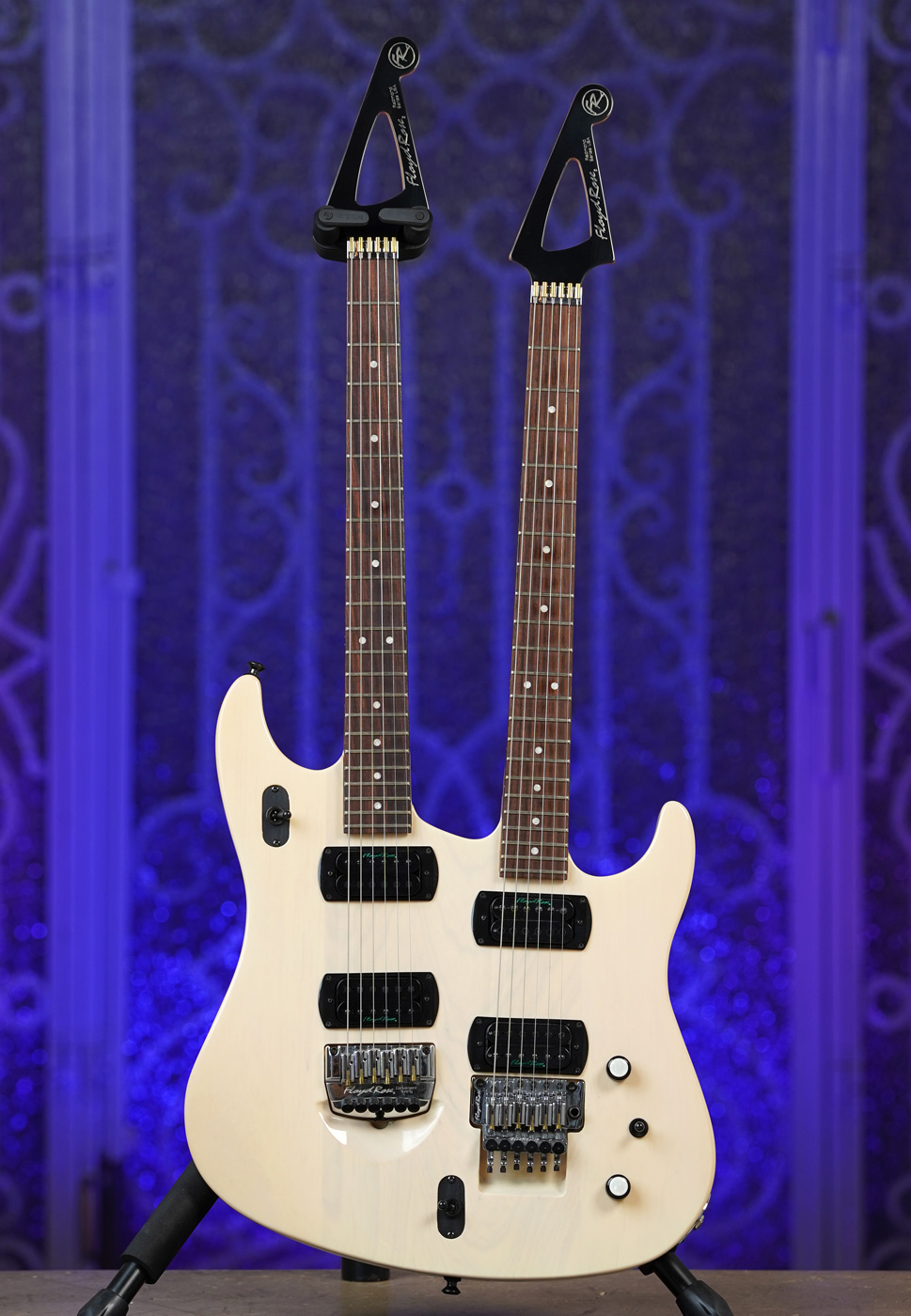
-
Freddie King's ex 1967 Gibson ES-355
Sold
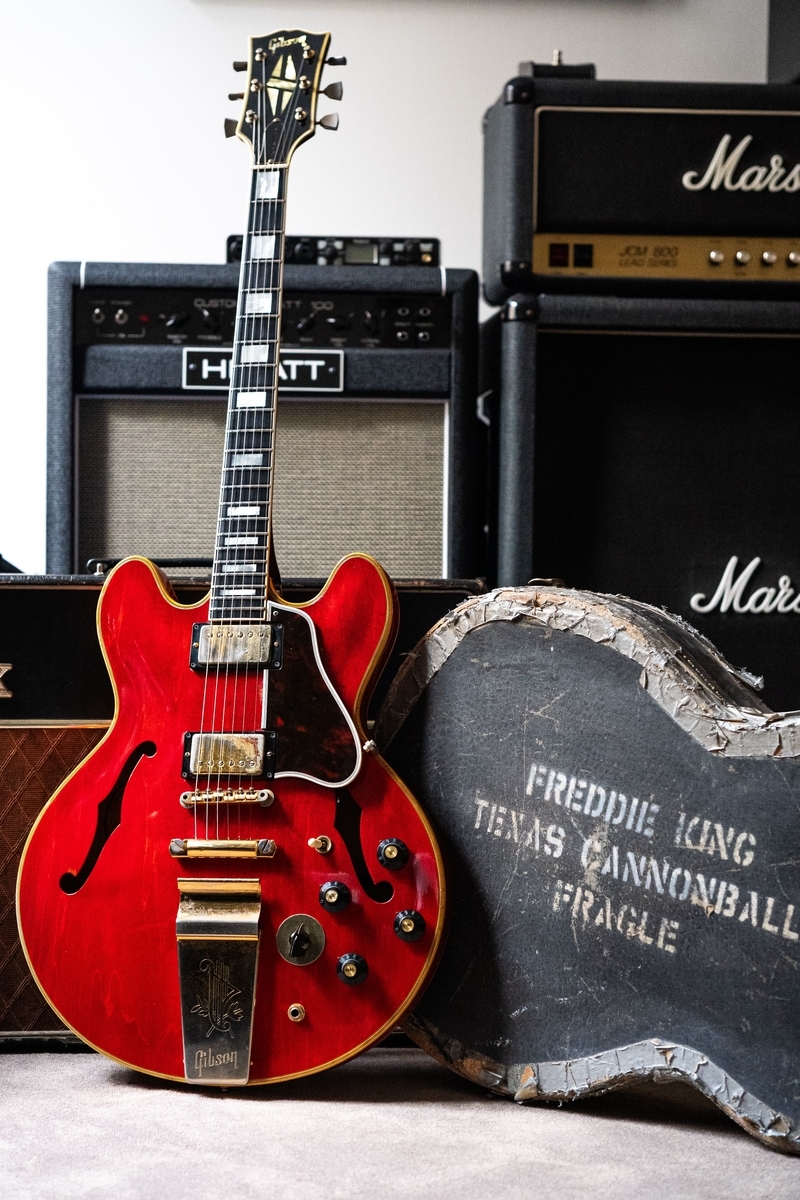
-
Fender Telecaster Paisley finish 1968
16.500 €
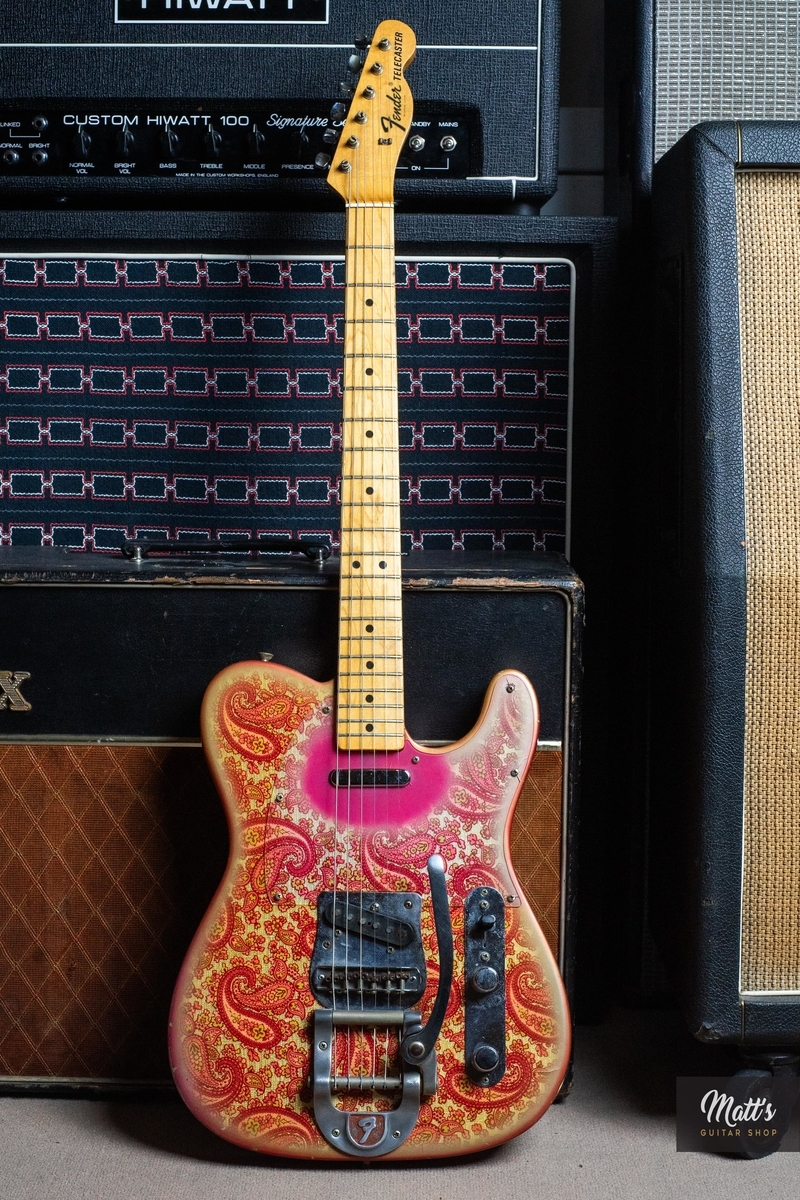
-
Fender Telecaster Bass Paisley finish 1968
16.500 €
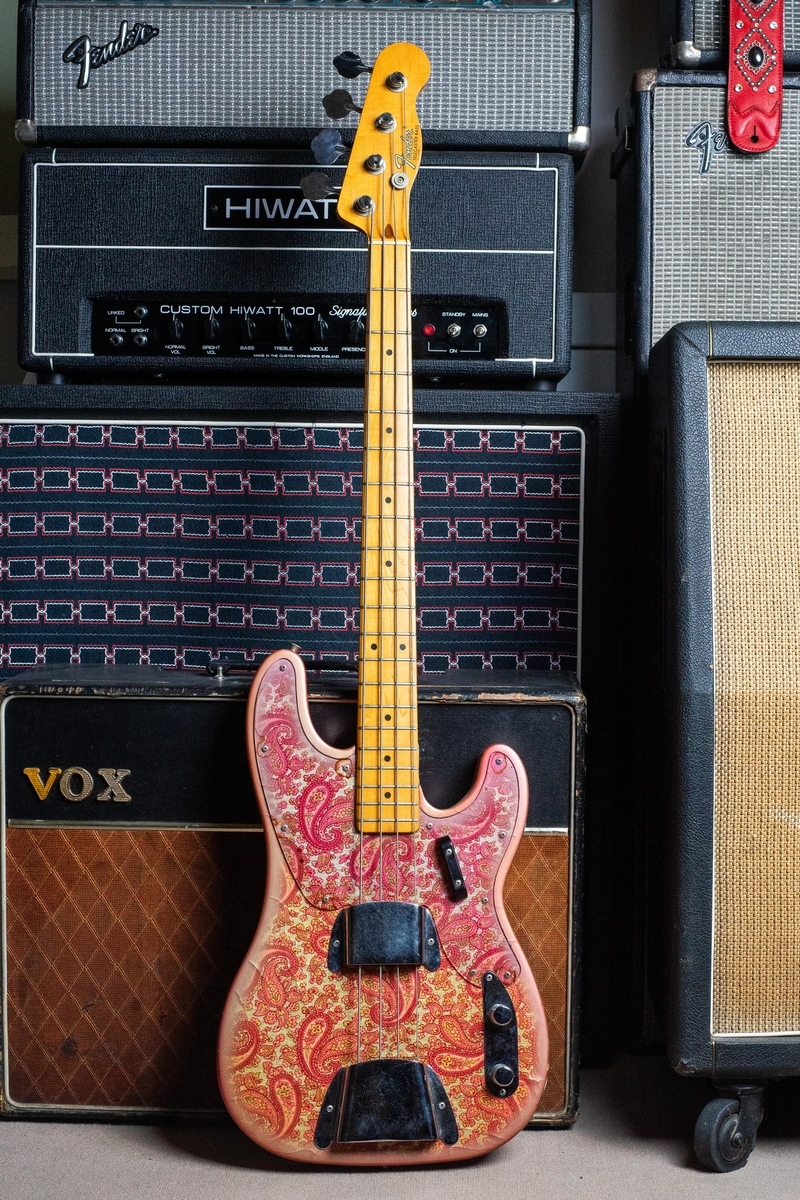
-
Ibanez Iceman 1978 signed by Paul Stanley (Kiss)
3250 €
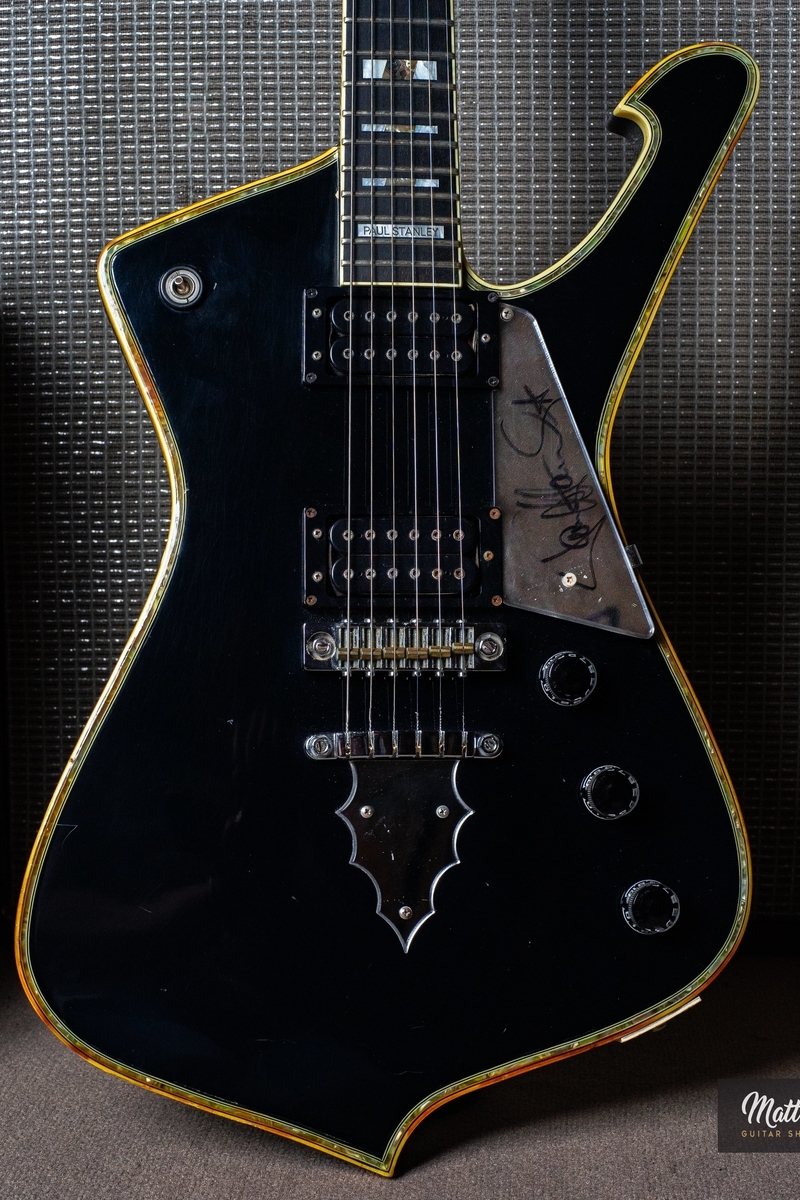
-
Gibson Firebird VII 1965
19.500 €
